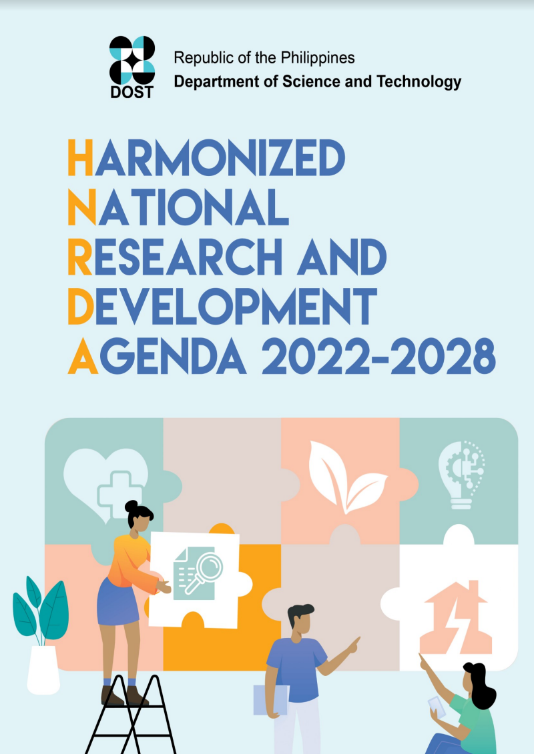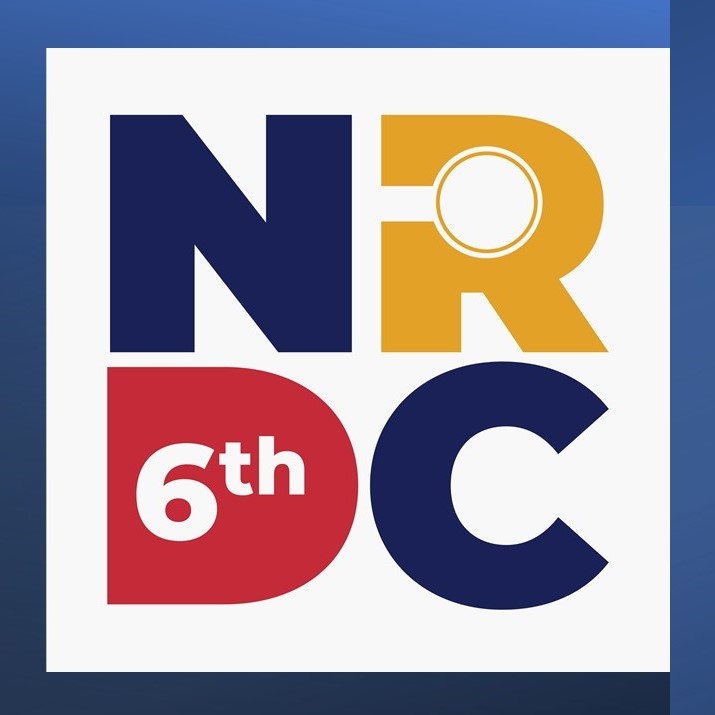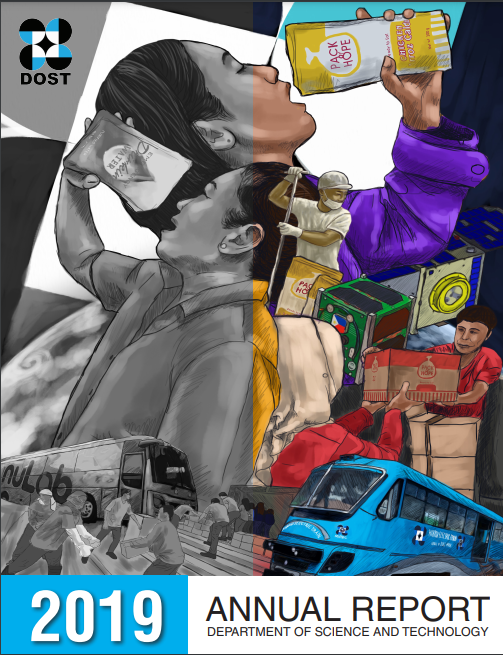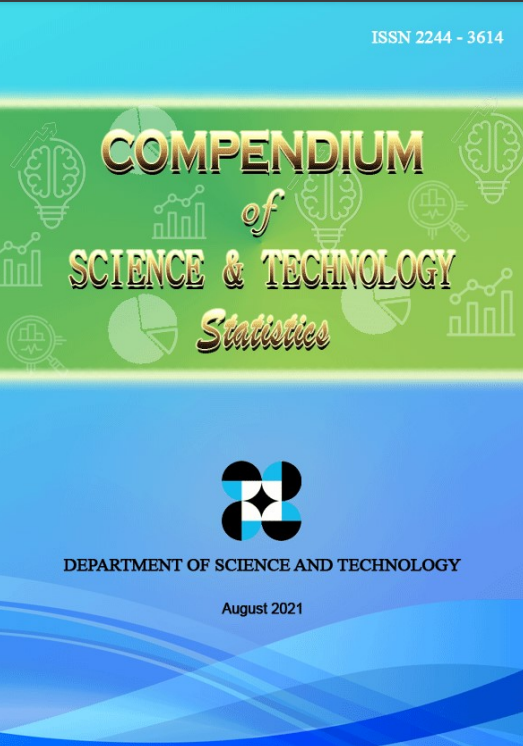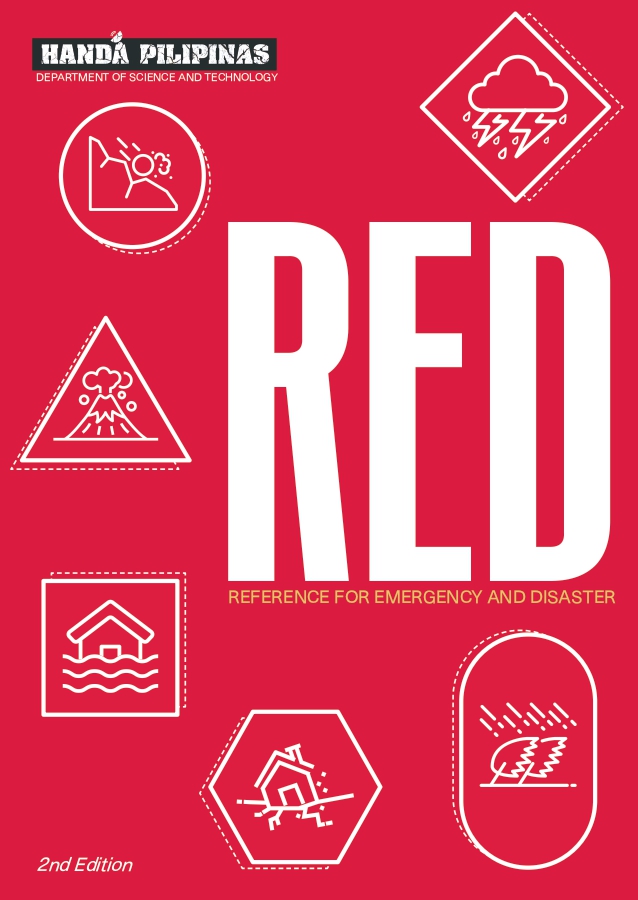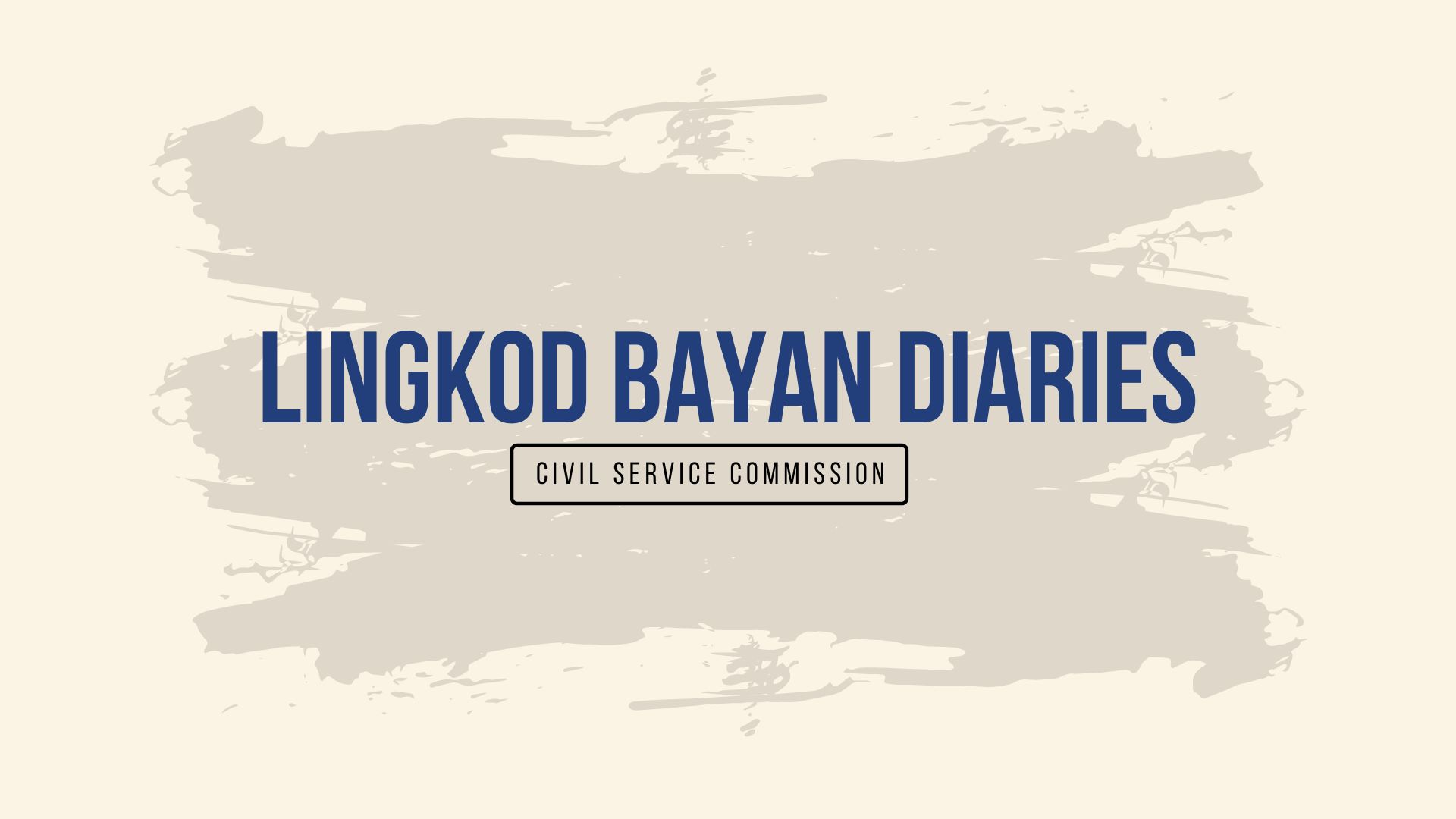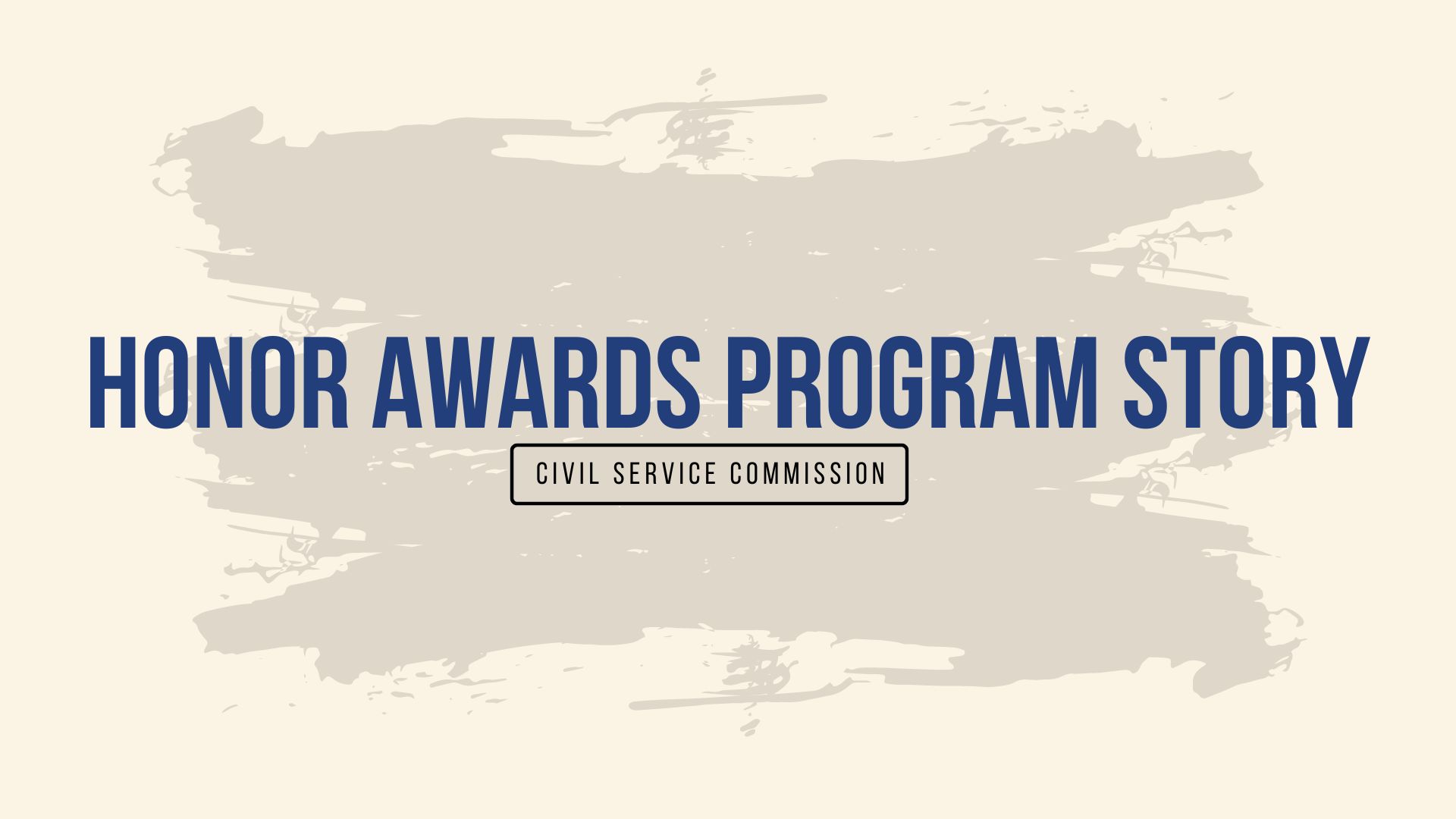Goat’s milk just got better with DOST’s spray drying device
- Details
- Hits: 3851
Got milk? Yes, goat’s milk. And it just got better with Department of Science and Technology’s technology intervention to the country’s first local producer of powdered goat’s milk.
Through DOST’s –Industrial Technology Development Institute, Skysoft Incorporated inaugurated the first ever goat’s milk powder processing plant in Sta.Rita Homes, Paranaque, Metro last month. DOST’s technology will help the company develop a more stable product from fresh goat milk which has short shelf life.
This is done through the ITDI-designed spray dryer that helps the milk stay even after being stored for several months. With the lengthened storage life of the company’s goat’s milk product, it is now poised to compete with the existing brands in the local market.
Before the launch, the developed product went through storage studies and subjected to physico-chemical, microbiological, and sensory analyses, assuring the safety and quality of the goat’s milk produced through the ITDI-designed spray dryer.
The launch was attended by DOST Secretary Mario G. Montejo. As of press time, Skysoft Incorporated is the country’s first-ever producer of powdered goat milk from goats bred and raised at Skysoft’s Boergoat Club Farm in Lingayen, Pangasinan.
Goat milk is an excellent option for any patient who is cow’s milk or soy milk sensitive.
and need to have an adequate calcium intake from a natural dietary source. It is also an excellent source of dietary calcium important in the prevention of high blood pressure, osteoporosis and other bone-related problems.
For menopausal women, goat’s milk provides 13 percent more calcium than cow's milk and can be consumed comfortably even by those women with milk sensitivity. (With information from Violeta B. Conoza, S&T Media Service, DOST-ITDI)
DOST’s new hyacinth gizmo boasts of triple strength from former version
- Details
- Hits: 4315
A year after the Department of Science and Technology’s (DOST) launch of a locally-fabricated gizmo that can scoop out water hyacinths from river waters, the science agency is back with a much improved version. Named “Harvester II”, the water hyacinth-chomping gizmo is faster, more stable and controlled, and has better scooping and storage capacities. Overall, it has a more superior performance than its predecessor.
“The development of Harvester II shows that technology is highly dynamic and our Filipino engineers are highly capable of developing and improving machines that can be used in addressing pressing problems, such as the water hyacinth that congests our waterways,” said DOST Secretary Mario G. Montejo. “Harvester II increases the government’s capability to prevent disasters such as floods through local technologies.”
The “High-Capacity Water Hyacinth Harvester”, or “Harvester II”, can collect triple its predecessor’s storage capacity, or up to 12.5 cubic meters of plants and weeds. Its front conveyor system now consists of stainless steel mesh-type conveyor, with improved structure and mechanism for more efficient harvesting. All these, and the vessel’s doubled speed, complete control gauges, increased stability at only 80 percent of its prototype’s weight, plus improved aesthetics, complete the package that is the Harvester II.
Today, engineers from DOST’s Metals Industry Research and Development Center, lead implementing agency of Harvester II, execute their final tests and modifications before its anticipated deployment this first quarter of 2013.
“Hopefully we will be able to perfect the Harvester, a machine suited to our waterways that we can reproduce and deploy soon,” said DOST Secretary Mario G. Montejo.
One of DOST’s High-Impact Technology Solutions (HITS), the Harvester II was developed under the “MakiBayan” or “Makina at Teknolohiya Para sa Bayan” Program, through DOST-MIRDC’s collaboration with the Project Management and Engineering Design Services Office and the Metalworking Industries Association of the Philippines. The Philippine Council for Industry, Energy, and Emerging Technology Research and Development (DOST-PCIEERD) funded the project, while the Society of Naval Architects and Marine Engineers served as consultants. The Laguna Lake Development Authority, Metro Manila Development Authority, and the Local Government of Muntinlupa City also provided assistance for the project’s testing phase.
Weeding out one of the world’s fastest growing and most damaging plants has remained a tall task for authorities. An exceedingly prolific aquatic plant that can render bodies of water impassable, clogged, or “dead”, the water hyacinth—or “water lily” to Filipinos—has invaded many of the country’s rivers and waterways. Among these are the Pasig River, the Laguna Lake, and the Liguasan Marsh of Central Mindanao. Meanwhile, the invasive specie’s assault is a worldwide phenomenon as other countries in Asia, America, and Africa are also plagued by the infamous plant.
(With reports from Concesa T. Cortez, MIRDC)

Two generations of water hyacinth collectors. The Water Hyacinth Harvester is a DOST- fabricated machine designed to remove free-floating water hyacinths in half-meter-deep rivers and waterways. The second machine, now undergoing final tests before deployment, has improved speed, stability, controls, scooping and storage capacities, aesthetics, and overall performance—a clear upgrade from its predecessor. (Photos by Henry A. De Leon and Zalda R. Gayahan, S&T Media Service, STII/MIRDC)
RFID technology to complement DOST’s Smarter Philippines program
- Details
- Hits: 9134
Radio Frequency Identification (RFID) technology could make the implementation of Department of Science and Technology (DOST)’s umbrella program Smarter Philippines more efficient and reliable, so said DOST’s Information and Communications Technology Office (ICTO) Executive Director Louis Napoleon Casambre, in his opening remarks at the 2013 RFID Technology Awareness Workshop held at the ICTO-National Computer Center Building, Diliman, Quezon City.
To those a little late in technology information, RFID refers to any electronic device that uses radio waves to speed up the transmission of communication data for the purpose of identifying and sometimes locating and or sensing the conditions of objects, whether animate and inanimate.
The RFID is most commonly used nowadays in coffee and tea shops to tag customers as they wait for their orders to be prepared and handed to them. It is a small device, like a mini-saucer with small lights dotting its surface. Through the use of electronic codes, sensors, and other accessories, the RFID blinks when the customer’s orders are ready for pick up at the counter.
The RFID is also used by motorists to indicate their location in an area.
“We believe that the RFID technology can complement the DOST’s Smarter Philippines program, the essence of which is the effective generation, gathering, and analysis of data to enable timely and effective decision making and planning,” Casambre said. “This leads to overall socio-
economic development.”
RFIDs are important gadgets in the Program NOAH or Nationwide Operation on Assessment of Hazards that uses DOST developed monitoring sensors such as Automated Rain Gauges and Automated Weather Stations. These facilities transmit real-time data on the amount of rainfall, temperature, pressure, humidity and wind speed, direction, and velocity. RFIDs are also important in NOAH’s DREAM project that uses Light Detection and Ranging (LiDAR), an equipment designed to survey the entire topography of the Philippines at very high resolution.
Casambre explained that smart sensors similar to those being developed by DOST to monitor weather and geological conditions, vehicular traffic flow, soil and water quality, and others will all be RFID devices.
“RFID is one of the most ubiquitous technologies in the world today, aside from being an essential component of the global supply chain,” Casambre said.
”Mobile phones and tablet devices have at least two RFIDs in them in the form of International Mobile Station Equipment Identity or IMEI numbers, Bluetooth, and Wifi addresses. Each one of these devices is unique, and the RFIDs identify said devices to other devices and networks,” he added.
RFIDs have been available for commercial use in the past decades, with significant contributions in industries such as logistics, and in manufacturing and retail, particularly in helping keep up with the demands of the information age. Using radio frequency to tag devices, people, and other objects saves
time and keeps manpower costs down, and generally contributes to improving the customer experience.
DOST says UPLB will help pave the way to a Smarter Society
- Details
- Hits: 2810

DOST says UPLB will help pave the way to a Smarter Society. In his remarks at the UP Los Banos Foundation Day, DOST Secretary Mario G. Montejo (picture above) cited the numerous contributions of the leading tertiary institution in Calabarzon in achieving a healthy science community in the fields of agriculture, forestry, and natural resources. From the time it earned full university status in 1972, UPLB has produced 30 of the 112 members of the National Academy of Science and Technology of the Philippines (DOST-NAST) and 13 of 31 National Scientists of the country. (S&T Media Service)













